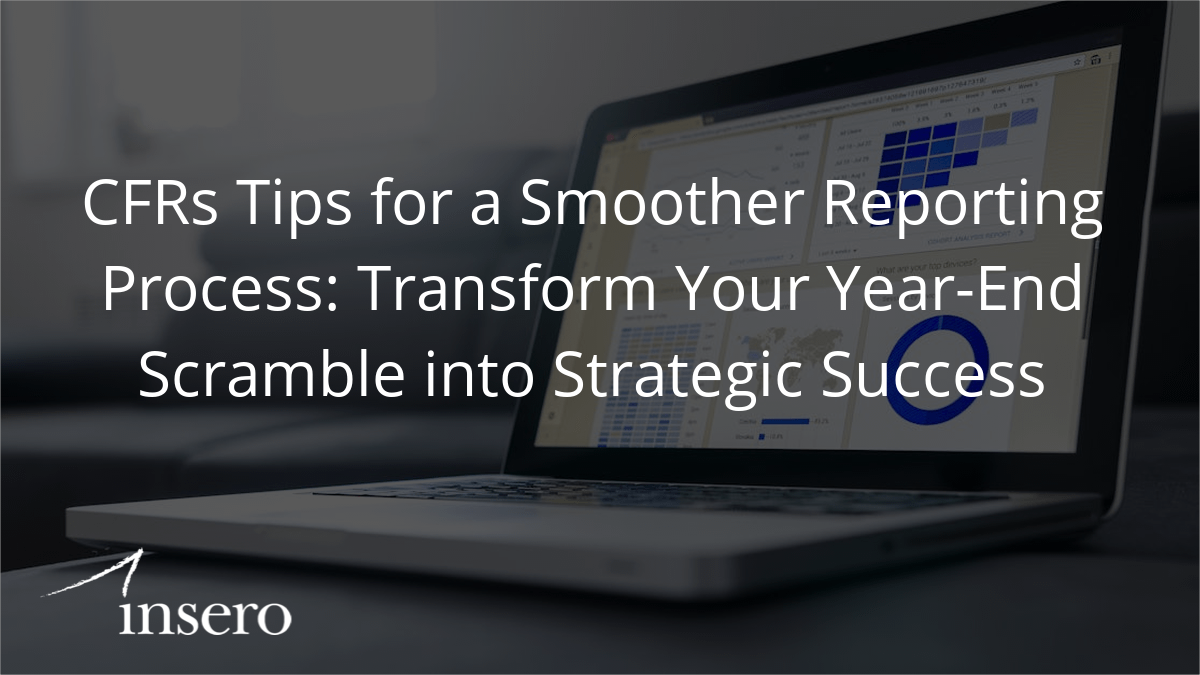ARTICLE | May 05, 2025
A pragmatic roadmap is crucial to ensure success in the ever-evolving business environment. Financial forecasting is one of the most reliable tools for developing such a plan. It enables businesses to strategically allocate resources, manage potential risks, and optimize capital investments. With the right successful financial forecasting strategies, businesses can navigate the uncharted territory of today’s dynamic marketplace and set a course towards success.
Understanding the Importance of Financial Forecasting
Financial forecasting plays a pivotal role in business success. It offers a glimpse into the future, providing insights about potential financial outcomes based on current data, market trends, and anticipated business activity. This foresight can empower businesses to make informed decisions, control cash flow, minimize financial risks, and optimize operational efficiency, enhancing stakeholder confidence and business resilience.
Choosing the Right Forecasting Approach
The choice of a forecasting method depends on several factors:
Forecast Length: Short-term forecasts, covering up to a year, typically rely more on historical data, focusing on immediate business needs. In contrast, long-term forecasts necessitate more qualitative inputs to cater to uncertainties like market disruptions and economic shifts. These forecasts play an essential role in strategic decisions and attracting investors.
Stability of Demand: Businesses with consistent sales patterns may lean towards straightforward historical data analysis. Alternatively, those with seasonal or cyclical fluctuations might benefit from techniques like time-series decomposition. For companies experiencing unpredictable demand, advanced forecasting software integrating real-time sales data can enhance accuracy.
Availability of Historical Data: Some techniques, like exponential smoothing, require at least three years of data for reliable projections. Qualitative forecasting methods, incorporating expert opinions and market research, might be more suitable for businesses venturing into new markets or launching new products.
Business Offerings: Companies with a vast range of products may prefer simplified forecasting models. However, more complex statistical models can benefit businesses with a focused product line.
Implementing Advanced Forecasting Techniques
Businesses can employ advanced techniques such as time-series analysis, regression models, scenario planning, sensitivity analysis, and rolling forecasts. These techniques can improve prediction accuracy, provide flexibility and adaptability, and ultimately lead to better decision-making.
Leveraging AI and Machine Learning
Artificial intelligence and machine learning technologies are increasingly becoming a part of successful financial forecasting strategies. These technologies can swiftly analyze large datasets, identify trends, and adjust predictions based on real-time changes, optimizing decision-making and giving businesses a competitive edge.
Seeking Professional Guidance
Financial statements often serve as the starting point for forecasts. However, ensuring the accuracy of these historical data and developing reliable forecasts based on market-driven insights can be challenging. This is where professional help can make a difference.
How Insero Can Help
Insero’s outsourced accounting services help businesses create accurate and reliable financial forecasts. With expertise in developing realistic assumptions, creating reliable models, tracking forecast accuracy, and updating for market shifts, Insero can guide businesses through the complexities of financial forecasting. We can help companies ensure they are equipped with successful financial forecasting strategies to navigate the dynamic marketplace and achieve their financial goals.
Let’s Talk
Fill out the form below and we’ll get back to you to discuss your specific situation.




